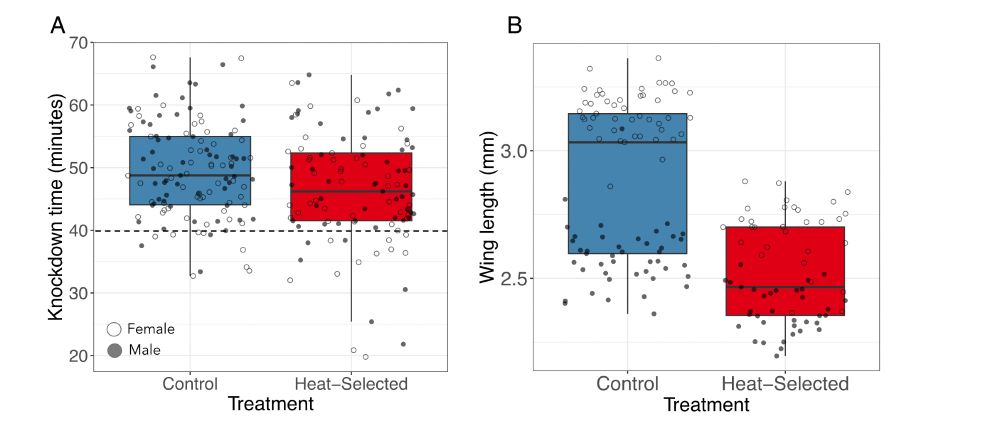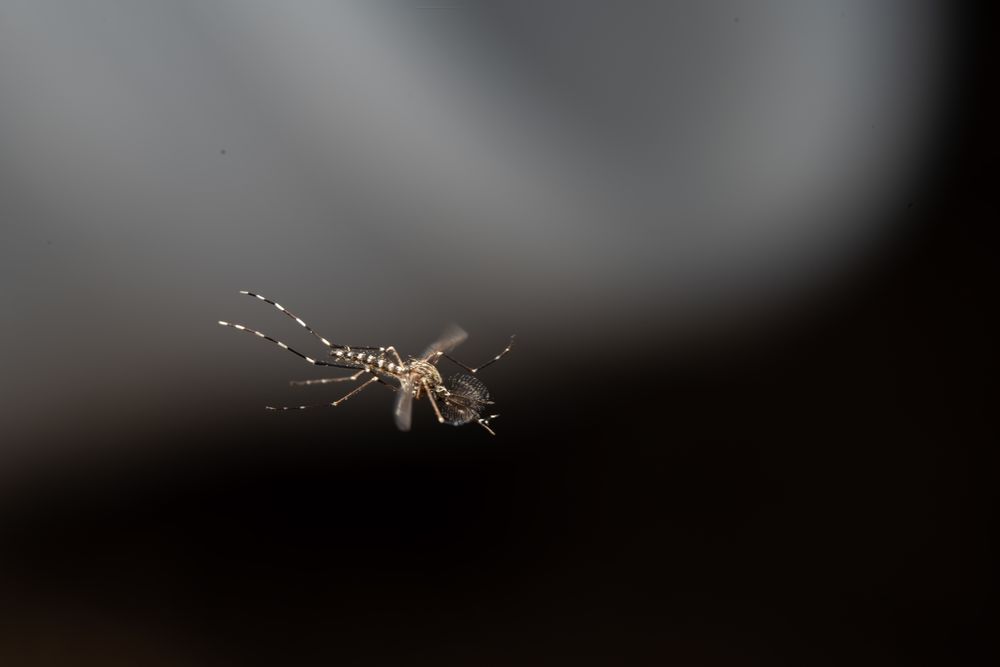Interested in pop. gen., adaptation, and a wholesome scientific community.
he/him













We suspected this repeatability may result from fundamental life-history trade-offs that emerge in response to boom-bust dynamics, an ecological process that is ubiquitous to Drosophila and many other taxa 5/n

We suspected this repeatability may result from fundamental life-history trade-offs that emerge in response to boom-bust dynamics, an ecological process that is ubiquitous to Drosophila and many other taxa 5/n




Sharon Greenblum from DOI: 10.1126/science.abj7484

Sharon Greenblum from DOI: 10.1126/science.abj7484



@petrovadmitri.bsky.social and Paul Schmidt, they had begun to study this process in a highly controlled and replicated manner, using outbred populations of D. melanogaster and a field mesocosm system at the University of Pennsylvania.

@petrovadmitri.bsky.social and Paul Schmidt, they had begun to study this process in a highly controlled and replicated manner, using outbred populations of D. melanogaster and a field mesocosm system at the University of Pennsylvania.

